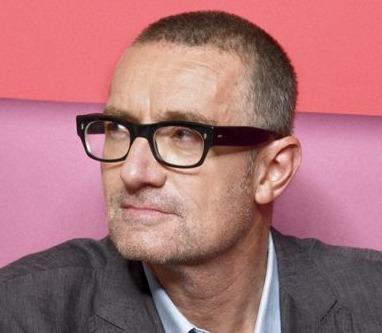
Thomas Hirschhorn
Thomas Hirschhorn has gained recognition for crafting intricate sculptures on a grand scale, frequently utilizing commonplace materials in the process.
Biography of Thomas Hirschhorn
Thomas Hirschhorn was born in 1957 in Bern, Switzerland. Between 1978 and 1983, Hirschhorn studied at the School of Applied Arts in Zurich, where he drew inspiration from exhibitions featuring Beuys and Warhol.
In 1984, he moved to Paris to join the "Grapus" collective as a graphic designer. In 1991, he transitioned from graphic design to pursue a career as an artist.
During his artistic career, Thomas Hirschhorn has received various awards and accolades, including the Prix Marcel Duchamp (2000), the Rolandpreis für Kunst im öffentlichen Raum (2003), the Joseph Beuys Prize (2004), the Kurt Schwitters Preis (2011), The Swiss Grand Award for Art / Prix Meret Oppenheim (2018), among others.
His recent solo exhibitions include "Fake it, Fake it, till you Fake it" at Gladstone Gallery in New York (2024), "DA-NACH" at the International Research Center for Cultural Studies at the University of Art and Design Linz in Vienna (2023), "M.E.S.S.S.Y." at Dvir Gallery in Brussels (2022), "Eternal Ruins" at Galerie Chantal Crousel in Paris (2020), and many more.
Additionally, Thomas Hirschhorn has participated in group shows, including those held at the Busan Museum of Contemporary Art in Busan, the PopUp Museum in Kyiv, the Palais de Tokyo in Paris, the Fondazione Sandretto Re Rebaudengo in Turin, the Chiostro del Bramante in Rome, among others.
Thomas Hirschhorn's Art Style
Since the mid-eighties, Thomas Hirschhorn has been presenting displays—referred to as "stalls" or "windows"—which are delicate structures crafted from materials like cardboard, aluminum foil, and adhesive brown plastic. These displays incorporate photocopies, images clipped from newspapers or magazines, and photographs, adorned with handwritten comments or questions on recurring topics such as culture, economy, politics, and religion. Over time, the artist has incorporated TV monitors and video devices into these installations, and now offers mobile and ephemeral showcases that can be situated within public spaces.
He characterizes his decision to employ everyday materials in his art as "political," emphasizing his preference for materials that are "universal, economic, inclusive, and don't bear any plus-value."
He has expressed a fascination with the "hardcore of reality," devoid of illusions, demonstrating a deep dedication to his craft and his identity as an artist. He views his work and production as "necessary", dismissing any suggestion to slack off. While Hirschhorn is resolute about not being labeled a political artist, he approaches his art in "a political way."
Years:
Born in 1957
Country:
Switzerland, Bern
Personal website